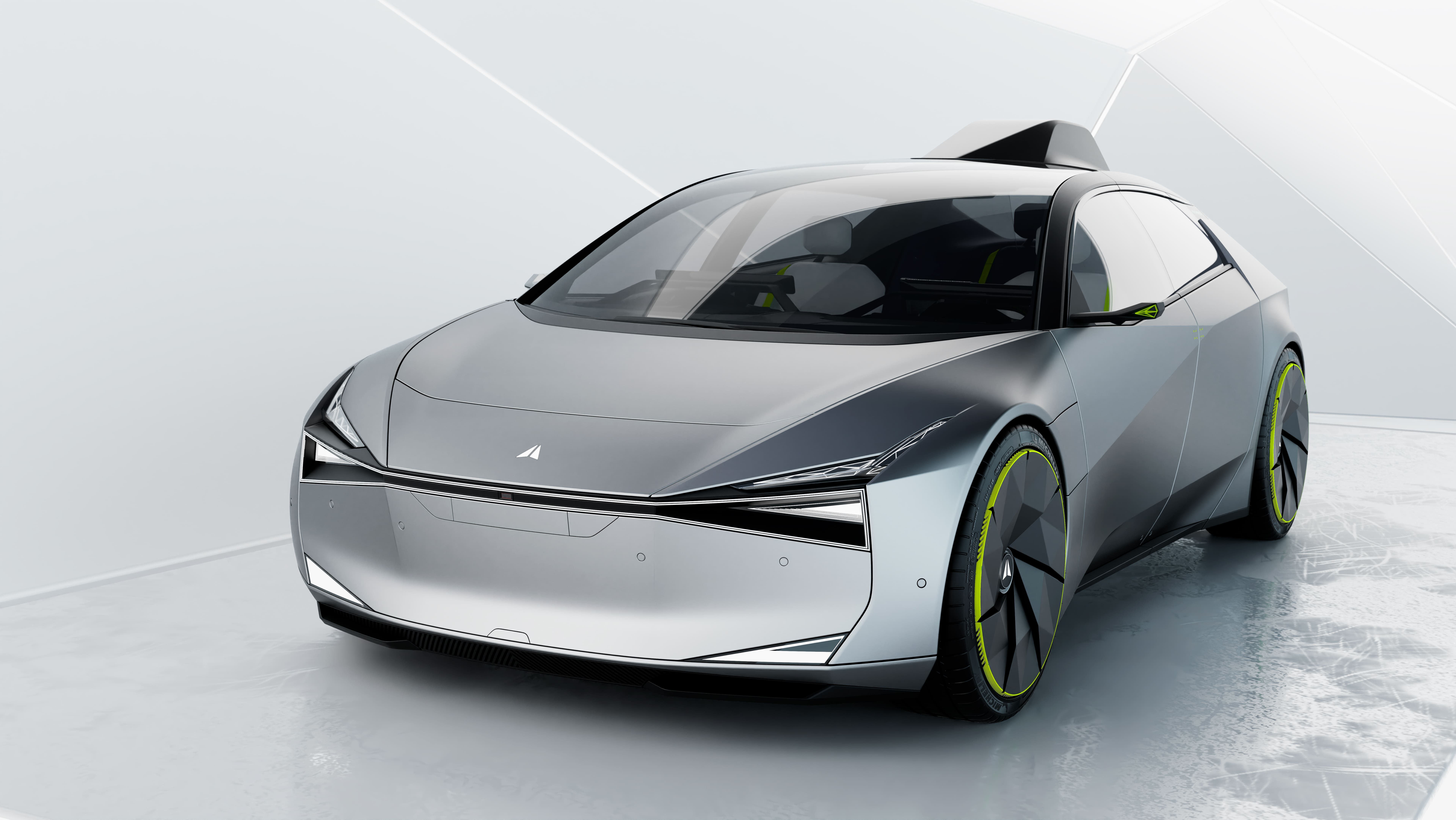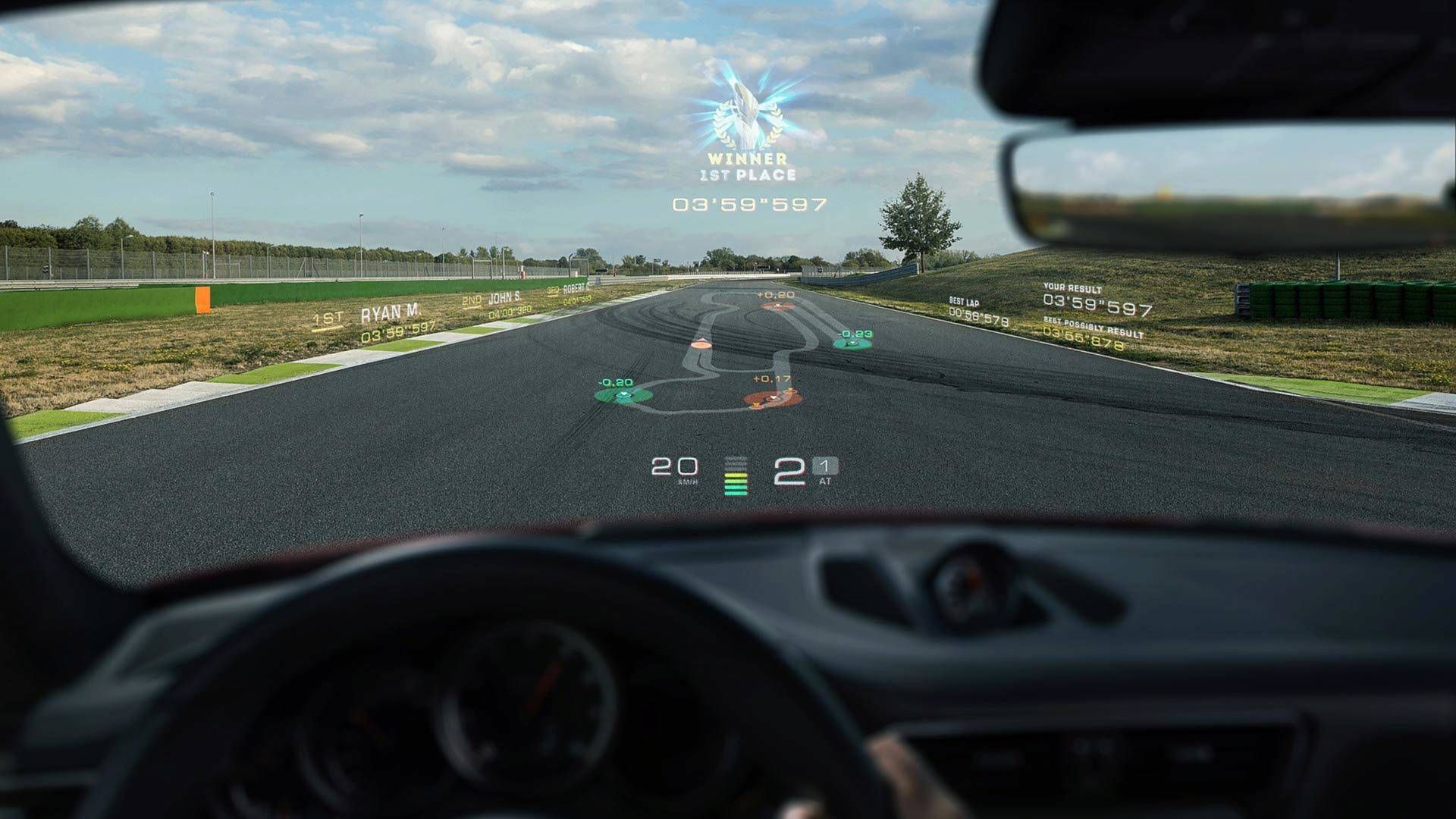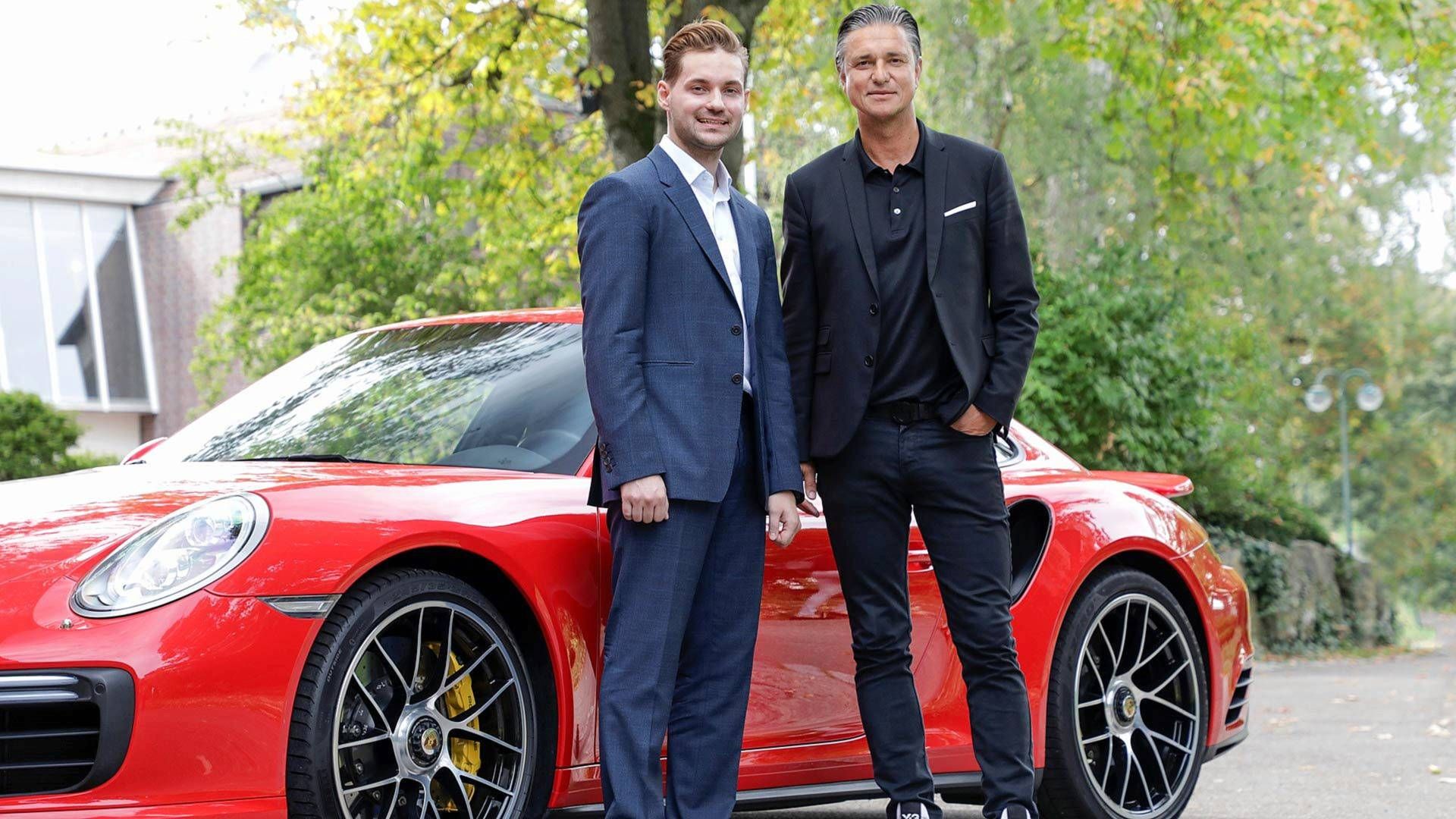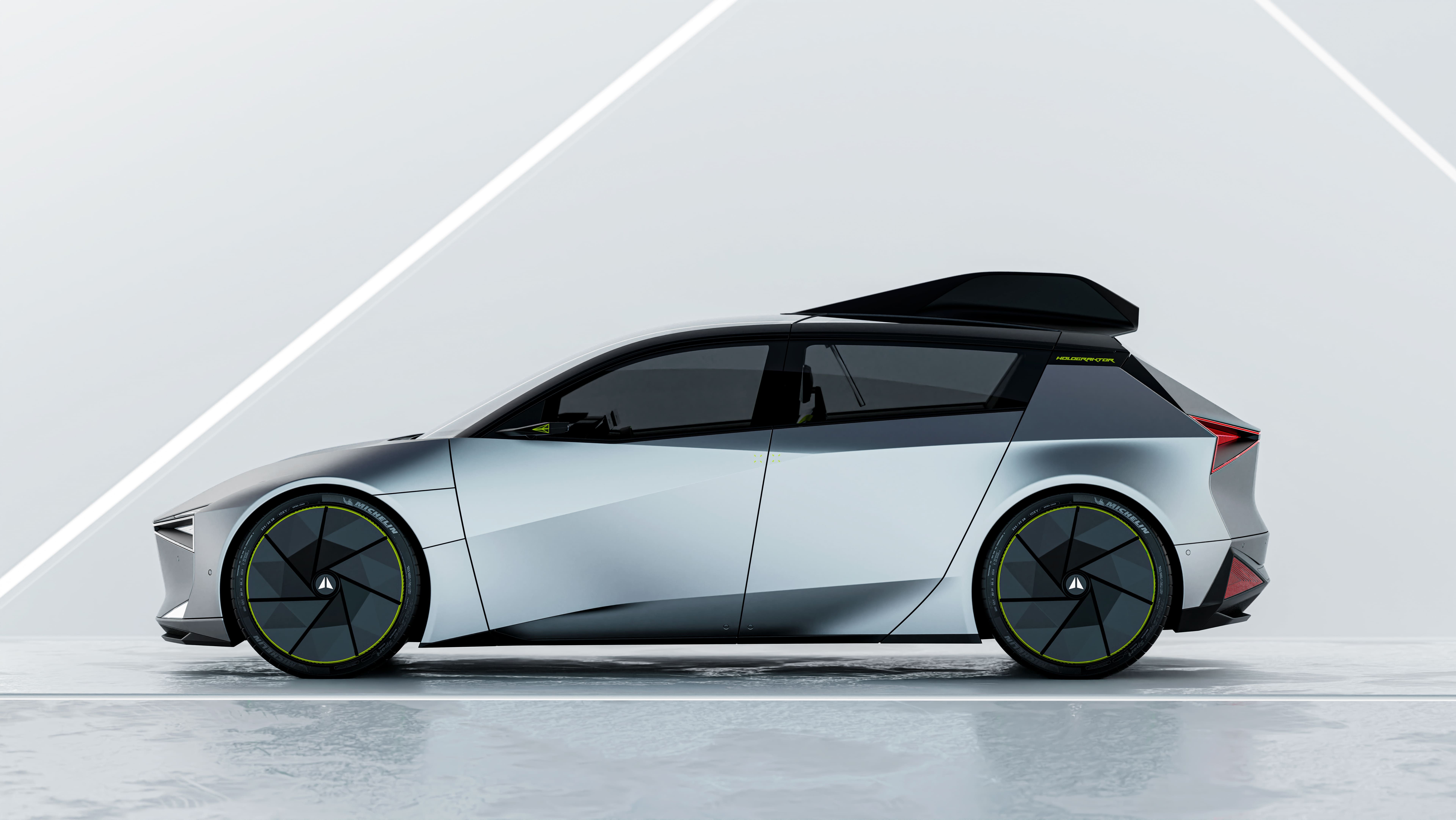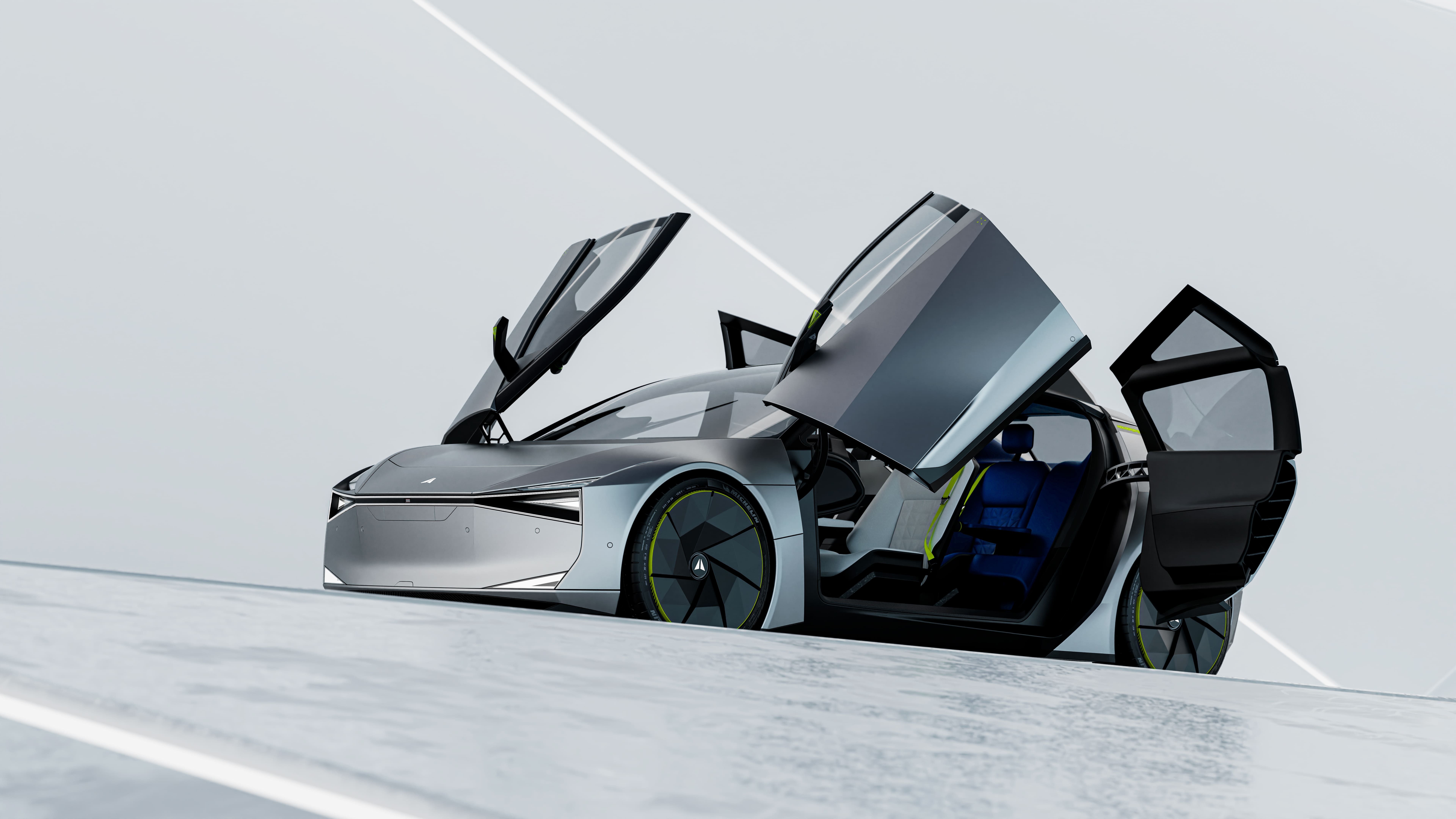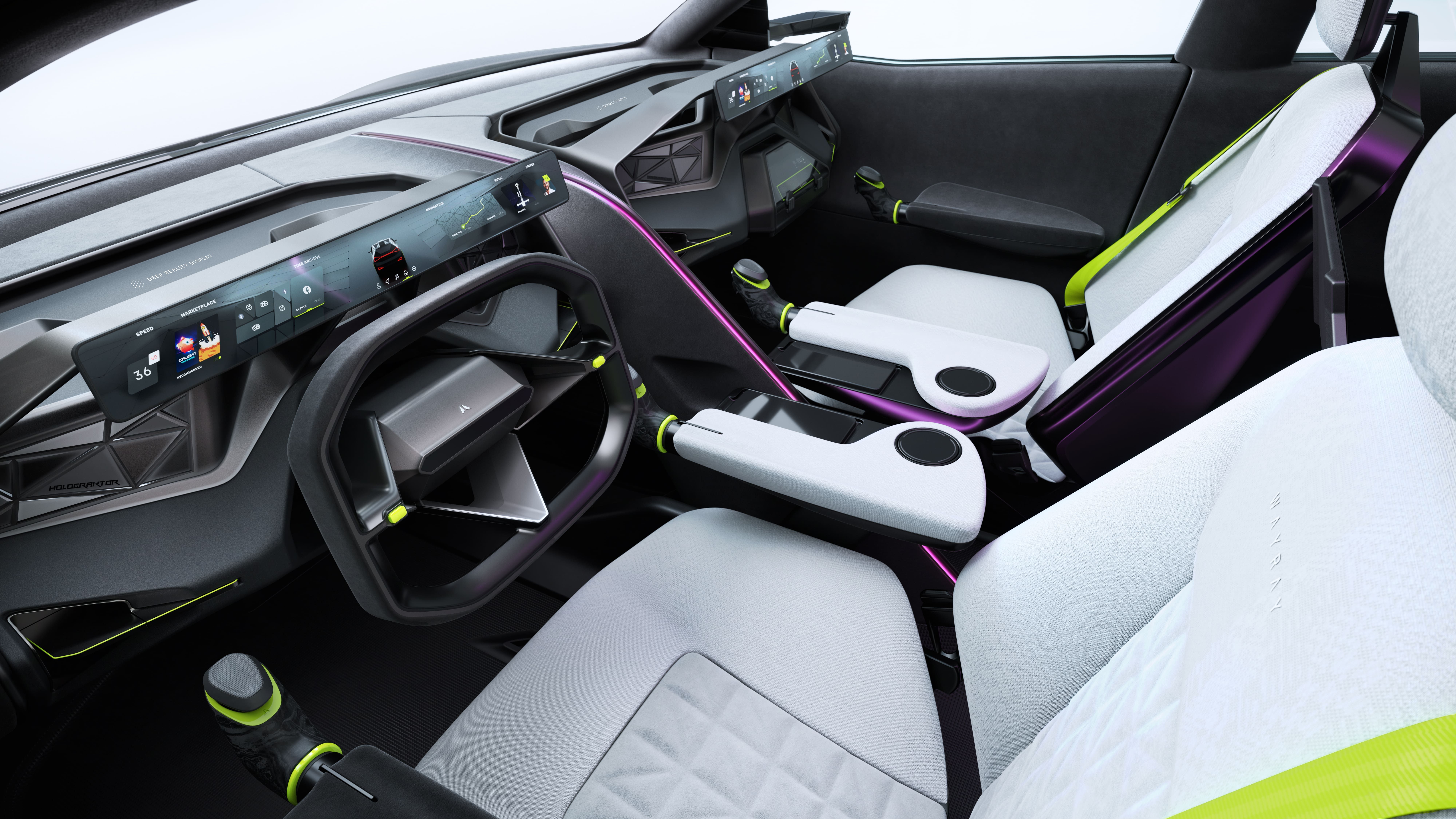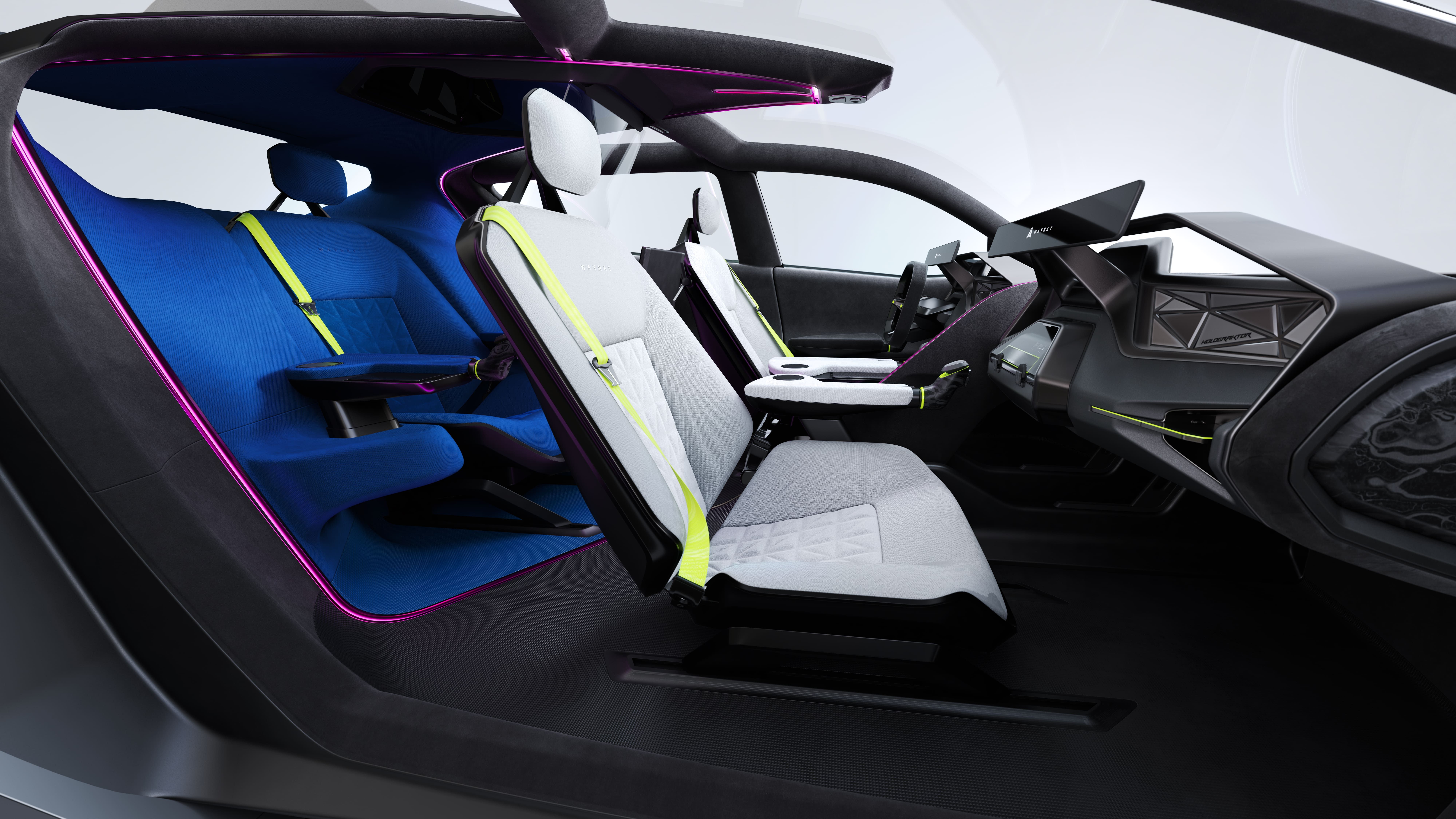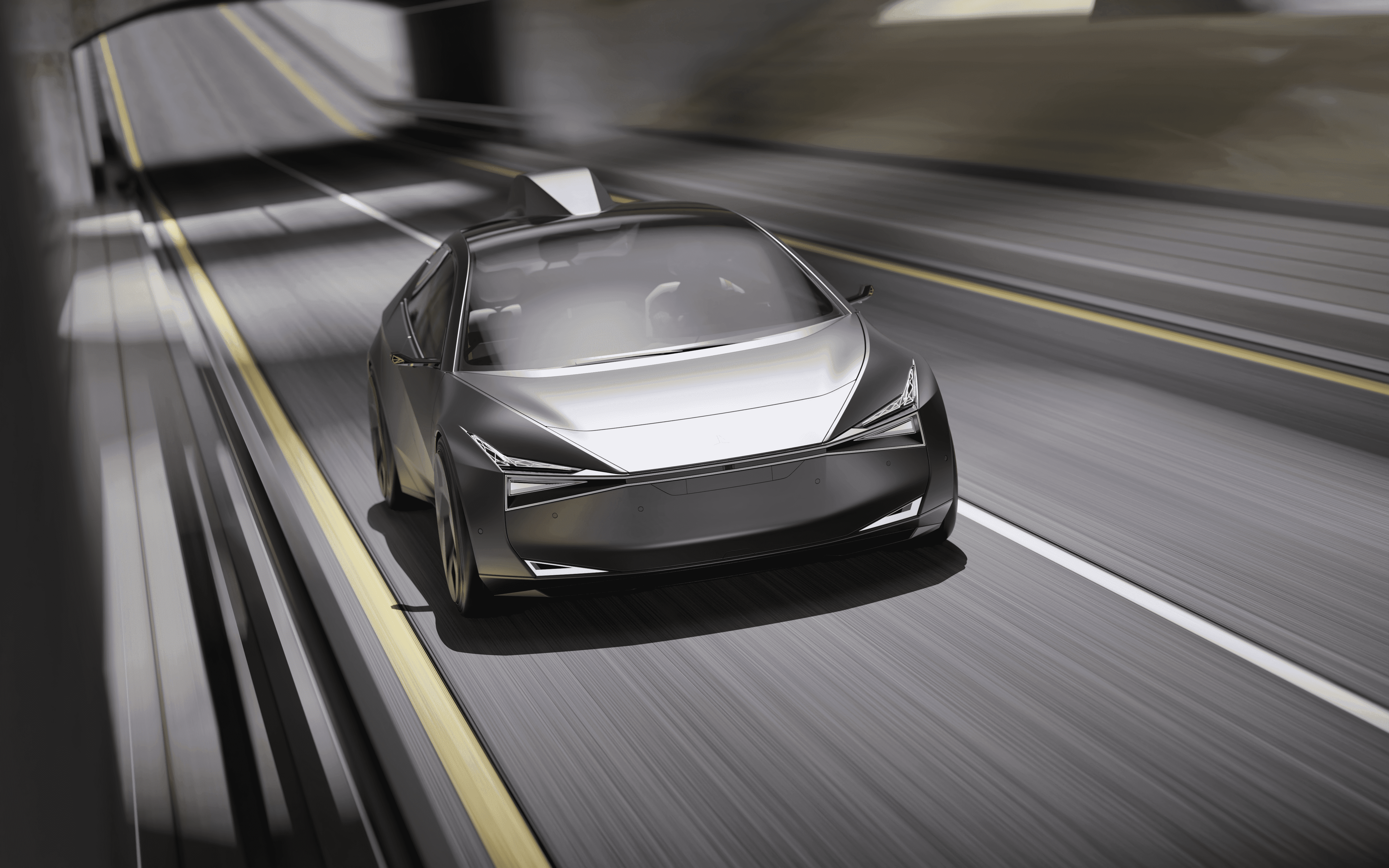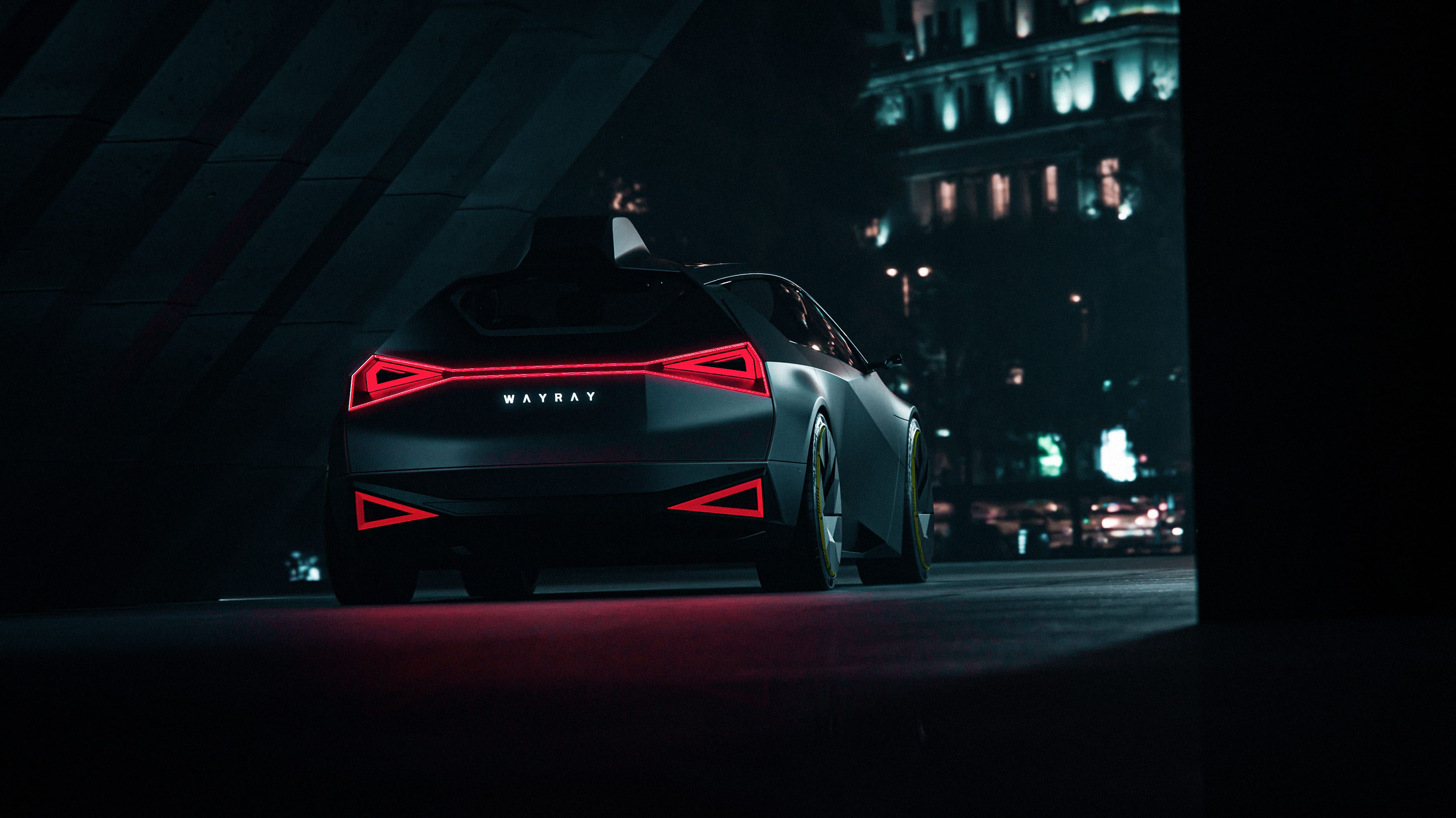WayRay is a Swiss deep-tech startup, has introduced the Battery Electric Holograktor, which is the world's first car with a holographic display that can superimpose items at any distance around the vehicle.
Overview
However, the fact that the WayRay Holograktor can be driven both conventionally and remotely is perhaps the most astounding feature of this revolutionary and futuristic-looking EV. The car can be controlled remotely by a trained driver, thanks to a variety of onboard technologies such as cameras, radar, mapping systems, sensors, 5G compatibility, and satellite internet, making it ideal for any transportation firm, such as Uber.
This functionality, according to WayRay, allows passengers to relax during the ride without relying on non-evolved autonomous driving technologies, instead of relying on a human to drive the car remotely! While this mode is engaged, The steering wheel is "buried" in a groove on the dashboard. We have previously seen a similar concept on the MINI Vision Urbanaut and the Audi Skysphere concept.
According to WayRay founder Vitaly Ponomarev, it is the first car in history to be designed for both content interaction and holographic glazing. Data reveals that more than 80% of Uber journeys are for just one person, which has inspired this odd seating layout, with a single "throne" like seat at the rear.
Futuristic Exterior Design
Let's talk styling for a bit. The Holograktor is a five-door hatchback inspired by Constructivism, which was Russia's dominant aesthetic movement from 1913 to 1930. This comes as no surprise as the founder of the Holograktor, Vitaly Ponomarev and designer Sasha Selipanov are of Russian descent.
The EV rides on 22-inch wheels, with the front doors opening upwards and the rear doors upside down, which is very unconventional indeed. The automaker claims that the opening of the doors makes it easier for people to access the 2+1 interior.
A Hi-Tech Cabin
Step inside and you’ll find the cabin dominated by screens. The front seats have been placed far apart to offer all three passengers of this 14.5 feet concept car, a clear view of the displays. Furthermore, each passenger will have many holographic screens on the sides, along with joystick controls for gaming and engaging with technology. This could very well be one of the options for the interior of next-generation cars.
These screens will be capable of displaying everything from driving information like crosswalks and stop signs, to games and social media. The aim is to revolutionize ride-hailing and offer a completely new and far more immersive experience.
Performance
The exact specifications aren’t out yet, however, these numbers still look promising. The all-electric Holograktor has a range of 372 miles, a 0-62 mph time of 3.9 seconds, and a top speed of 125 mph. While those are the numbers.
Conclusion
To sum it up, Porsche, Hyundai, and Chinese E-Commerce giant, Alibaba have all made early investments in WayRay, and prototype cars like the 2016 Rinspeed Oasis and the 2021 Pininfarina Teorema have already used WayRay's holographic systems used on the Holograktor. The advanced holographic technology took nearly a decade to develop and si now production-ready, with testing to begin soon. If this is the future of ride-hailing bring it on. This is one EV to keep an eye out for. Watch this space.


